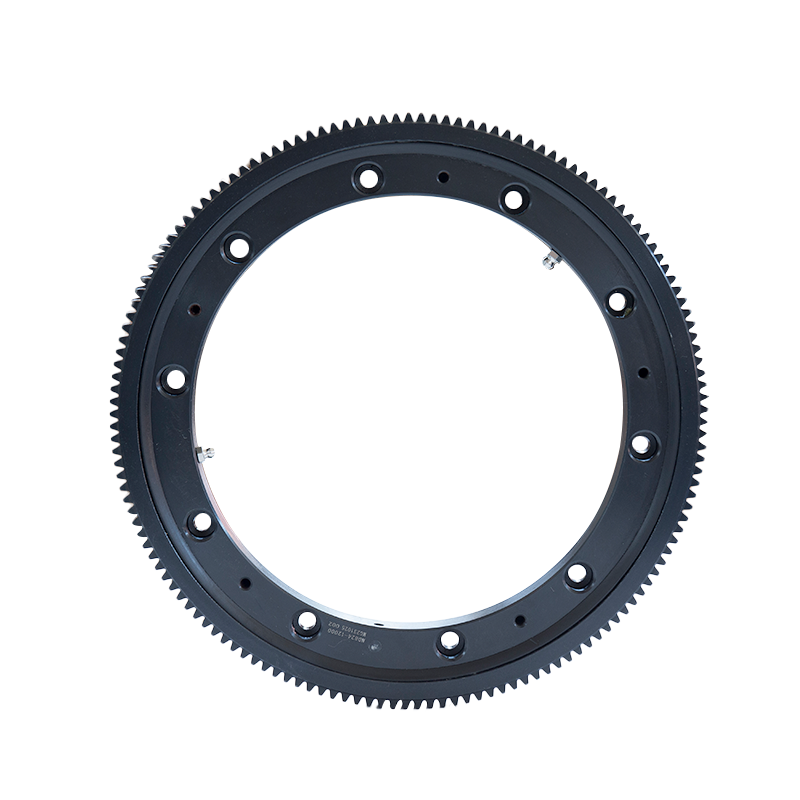In practical applications, how can we ensure that L-type single-row ball slewing bearings do not exceed their load and speed limits?
 2024.10.31
2024.10.31
 Industry news
Industry news
In practical applications, to ensure that the L-type single-row ball slewing bearing does not exceed its load and speed limits, the following aspects can be considered and operated:
Clarify the bearing specifications and parameters:Consult the technical manual: First, the technical manual or product manual of the L-type single-row ball slewing bearing should be consulted in detail to understand its key parameters such as maximum load capacity and maximum speed.Understand the equipment requirements: clarify the working conditions and load requirements of the equipment used to ensure that the specifications of the selected bearings match the equipment requirements.
Reasonable design and selection:Load calculation: According to the actual load conditions of the equipment, accurate load calculation is performed to ensure that the load capacity of the selected bearing can meet the needs of the equipment and leave a certain safety margin.Speed matching: According to the operating speed of the equipment and the speed limit of the bearing, select the appropriate bearing model to ensure that the bearing does not exceed its speed limit during the operation of the equipment.
Regular inspection and maintenance:Operation status monitoring: Regularly monitor the operating status of the bearing, including parameters such as temperature, vibration, and noise, and promptly detect and handle abnormal conditions.Load and speed detection: By installing sensors and other equipment, the load and speed of the bearing are monitored in real time to ensure that it operates within a safe range.

Training and Guidance:Operator training: Train equipment operators to understand the load and speed limits of bearings, as well as how to properly operate and maintain equipment to avoid bearings exceeding limits due to improper operation.Regular maintenance guidance: Develop a regular maintenance plan and provide guidance to maintenance personnel to ensure that bearings are lubricated, cleaned and inspected in a timely manner to maintain their good operating condition.
Emergency treatment and preventive measures:Emergency treatment plan: Develop an emergency treatment plan to clarify the response measures when the bearing exceeds the load and speed limits, such as immediate shutdown, load or speed reduction, etc.Preventive measures: Take necessary preventive measures, such as optimizing equipment structure, improving lubrication system, etc., to reduce the risk of bearings exceeding load and speed limits.
Regular replacement and upgrade:Regular replacement: Develop a regular replacement plan based on the service life and maintenance of the bearing to avoid exceeding the load and speed limits due to aging or damage of the bearing.Technical upgrade: Pay attention to the latest developments in bearing technology, upgrade and transform the equipment in a timely manner, and improve the overall performance and safety of the equipment.
By clarifying bearing specifications and parameters, reasonable design and selection, regular inspection and maintenance, training and guidance, emergency treatment and preventive measures, and regular replacement and upgrading, it can be effectively ensured that the L-type single-row ball slewing bearing will not exceed its load and speed limits in actual applications.












